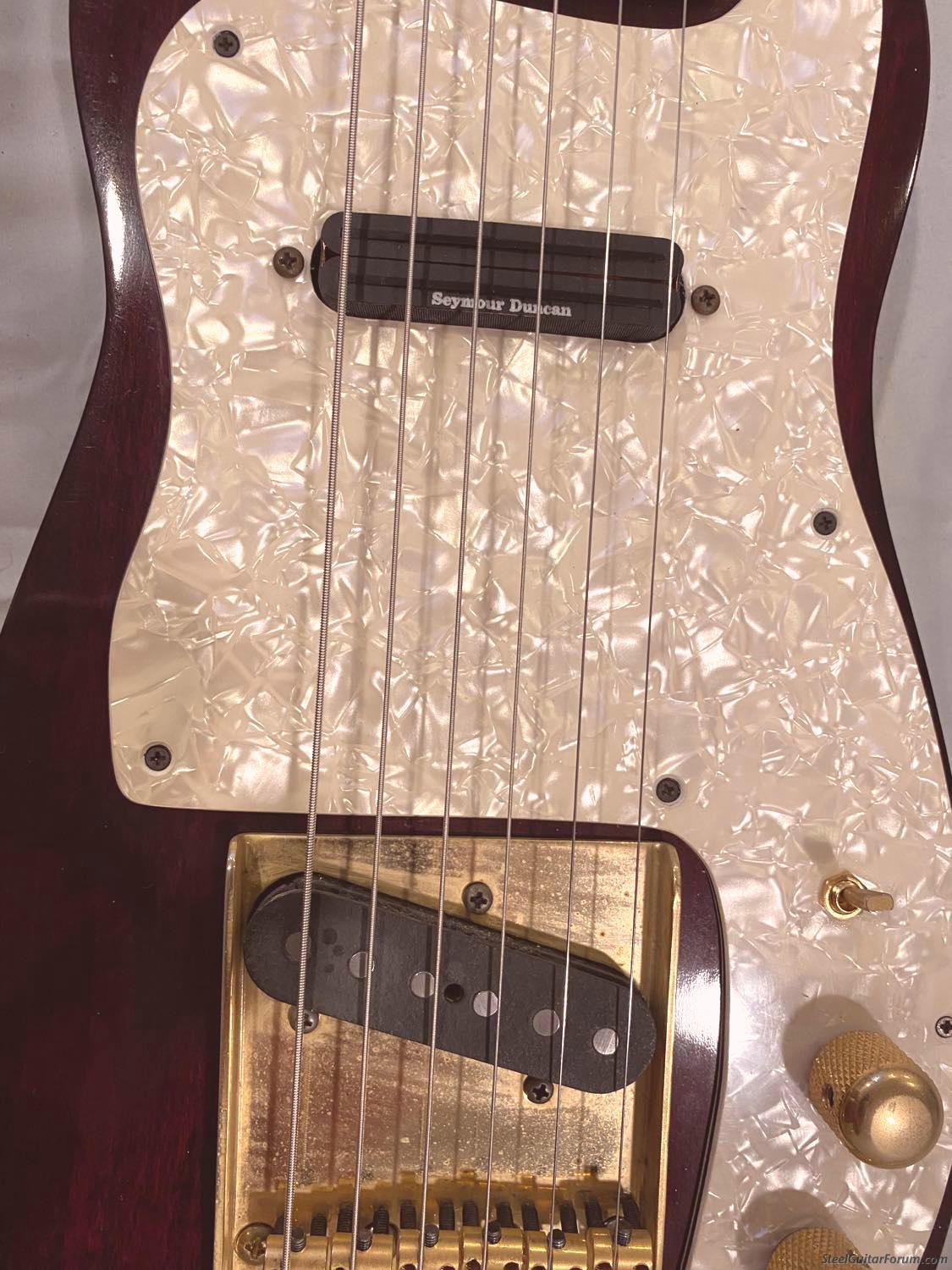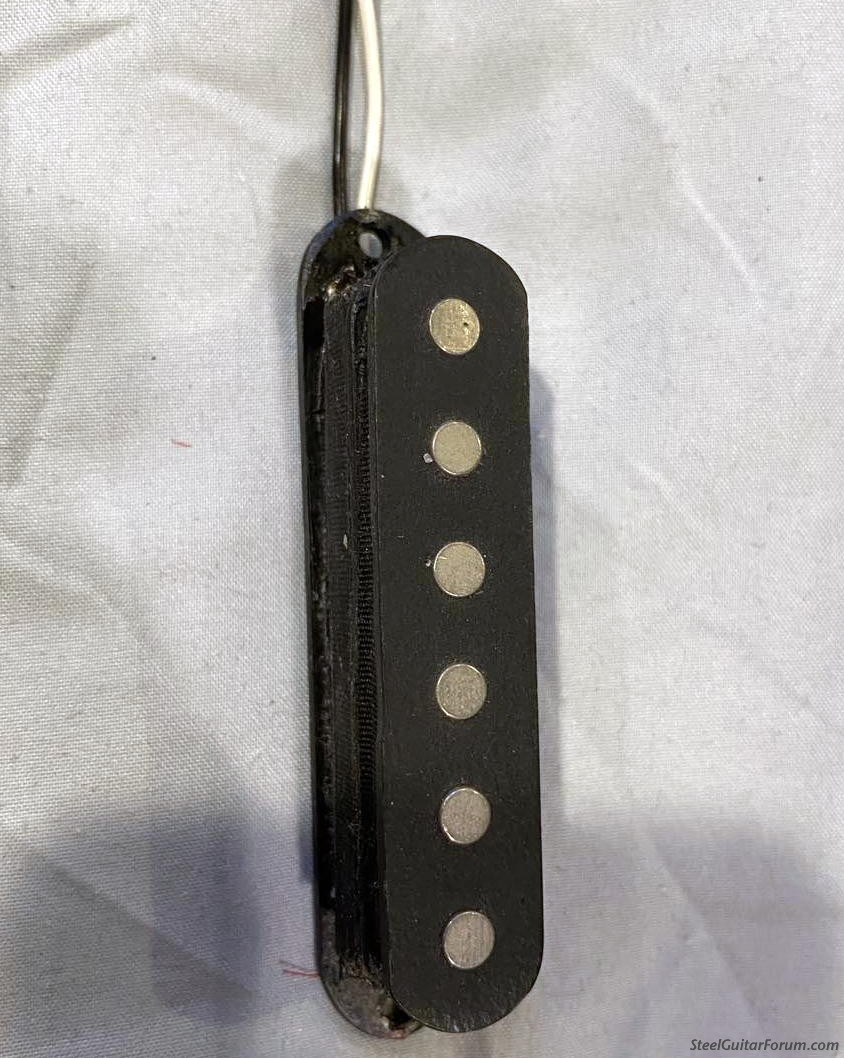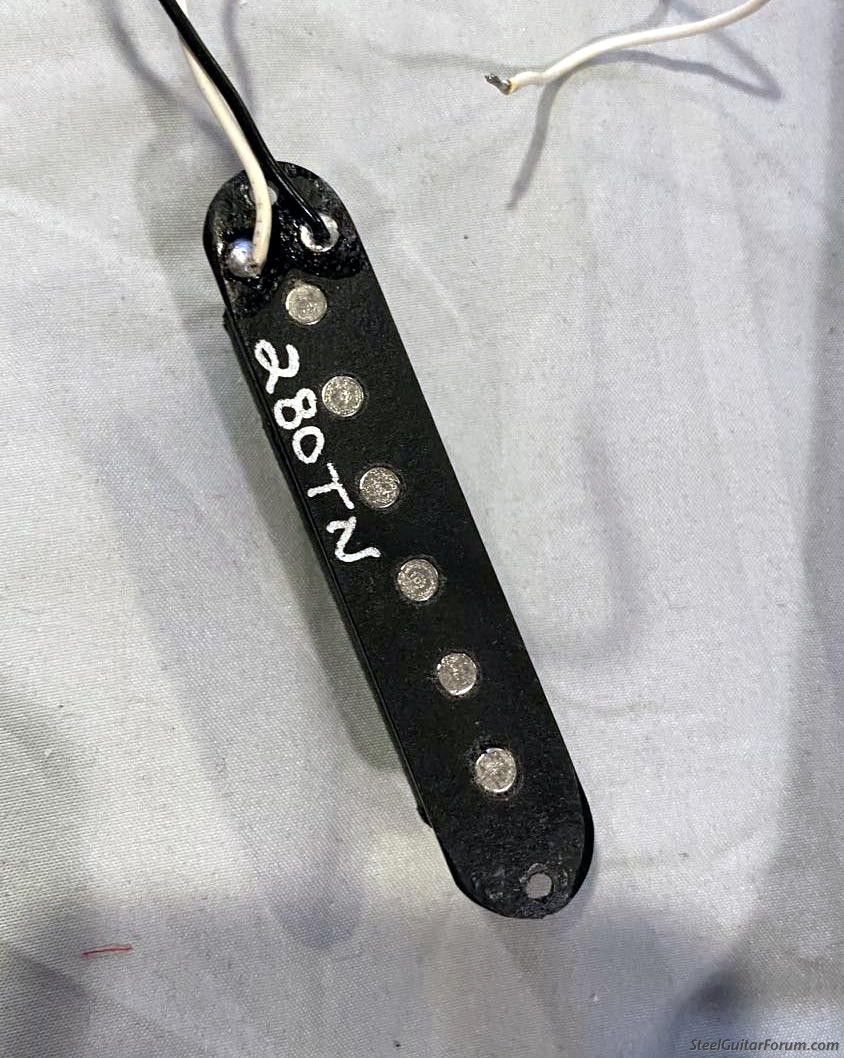The world of guitar modifications and customizations is vast, and it often leads players to explore unconventional combinations in pursuit of unique tones. Recently, a question arose within the guitarplayers.net forum community that piqued the interest of many: Can a Telecaster neck pickup be effectively used on a lap steel guitar? This inquiry sparked a lively discussion, drawing upon the experiences and insights of various forum members. Let’s delve into this fascinating topic, exploring the possibilities and sonic characteristics of this pickup pairing.
Community Experiences with Tele Neck Pickups on Lap Steels
Several contributors to the forum thread shared their firsthand experiences with Tele neck pickups on lap steels, offering valuable perspectives on the practicality and sound. Paul Seager recounted his personal experience, stating that his very first six-string lap steel, built by his father, featured precisely this setup. He affirmed that it “works for me,” highlighting the aesthetic appeal and satisfactory sound quality of the Tele neck pickup in this context.
Jerry Overstreet, in a now-deleted post but later clarified, mentioned owning a Cougar 6-string pedal steel equipped with a Tele neck pickup. Despite not being overly fond of it personally and preferring a slightly heavier tone, he described the sound as “just fine,” noting a “clear crisp powerful tone” that lacked the thinness often associated with Tele bridge pickups. This suggests that a Tele neck pickup on a lap steel might offer a different tonal profile than one might initially expect from a typical Telecaster.
Andy Volk also chimed in with a historical anecdote, recalling a Gibson EH-150 he acquired 30 years prior, which had undergone a modification replacing the original Charlie Christian pickup with a Tele pickup. While he deemed the sound “ok” initially, he eventually opted for a replacement, suggesting that while functional, it might not have been the ideal long-term solution for his taste in that particular guitar.
The Tone and Sound Profile
From these shared experiences, a picture begins to emerge regarding the sonic characteristics of a Tele neck pickup on a lap steel. The consensus leans towards a tone that is clear and crisp, yet possessing a certain power and fullness that distinguishes it from the often brighter and twangier Tele bridge pickup. Jerry Overstreet specifically negated the presence of “tele twang,” emphasizing a more robust and less thin sound.
This is further supported by Joseph Lazo, the original poster, who referenced the Melobar Teleratt, a lap steel model featuring Tele pickups. Acknowledging a YouTube video showcasing the Teleratt, he noted that it “DOES sound good,” particularly interested in how a Tele neck pickup would perform, even though the video featured it in the neck position of the Melobar.
Notable Examples: The Melobar Teleratt
The Melobar Teleratt surfaces as a significant point of reference in this discussion. Fred from the forum brought up Ted Smith’s Melobars, specifically the Teleratt model, which incorporated a Tele bridge and pickups. Ted Smith himself, participating in the forum thread, confirmed the use of Bill Lawrence Tele pickups in the Teleratt during the 1990s and credited Paul Franklin’s idea for the model’s conception. He even linked a video of Paul Franklin playing a Teleratt, suggesting the neck position pickup was in use in that particular performance, providing a tangible example of the sound in action.
HowardR, another forum member, shared images of his Teleratt, recently serviced due to a faulty neck pickup, which was replaced with a Seymour Duncan Tele Neck Hot Rails. This real-world example further solidifies the existence and application of Tele neck pickups on lap steel guitars, demonstrating its viability in actual instruments.
 Ted Smith's Melobar Teleratt featuring Tele pickups
Ted Smith's Melobar Teleratt featuring Tele pickups
 Close-up of the pickups on a Melobar Teleratt
Close-up of the pickups on a Melobar Teleratt
 Another angle of the Melobar Teleratt showcasing its design
Another angle of the Melobar Teleratt showcasing its design
 Detail view of the controls and pickups of a Teleratt
Detail view of the controls and pickups of a Teleratt
Why Consider a Tele Neck Pickup?
The question remains: why might someone opt for a Tele neck pickup on a lap steel? David M Brown offered an insightful perspective, noting the historical connection between Telecaster pickups and lap steels, stating, “The original Tele pickup was sort of based on Leo Fender’s lap steels.” While he was initially referring to the bridge pickup, the lineage suggests a shared sonic DNA that could make the Tele neck pickup a conceptually fitting choice for lap steel applications.
Furthermore, for players seeking a warmer, less biting tone than a typical single-coil bridge pickup, a Tele neck pickup could present an appealing alternative. Joseph Lazo’s initial question stemmed from having an “orphaned Tele neck pickup,” indicating a practical reason for exploration – utilizing available components for a custom project. This DIY spirit of experimentation is a driving force in guitar modifications, and the Tele neck pickup, readily available and relatively affordable, becomes a candidate for such ventures.
Conclusion
The discussion within the guitarplayers.net Tele Guitar Forum provides compelling evidence that using a Telecaster neck pickup on a lap steel is not only feasible but also sonically interesting. While not necessarily the most conventional choice, the experiences shared and examples like the Melobar Teleratt demonstrate its potential to deliver a clear, crisp, and powerful tone suitable for lap steel playing. For players looking to experiment with different sounds or repurpose spare parts, a Tele neck pickup offers a worthwhile option to explore in the realm of lap steel guitars.
